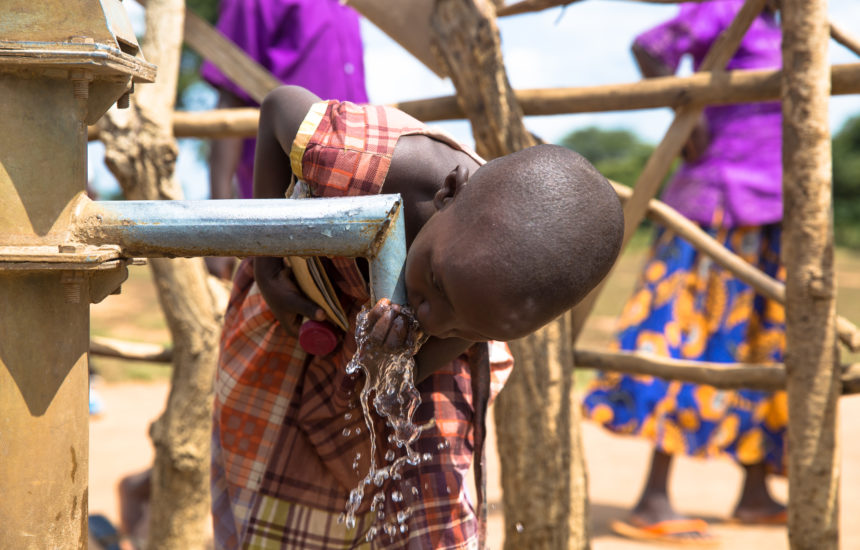Impact of the Environment on Children’s Health


Children are at the heart of the Sustainable Development Goals (SDGs). The third SDG emphasizes the importance of ensuring “healthy lives and promoting well-being for all ages.” The goal seeks to provide a healthy start for children and so addresses all major health priorities, including maternal and child health.
Children’s health is linked to every SDG, particularly education SDG4: Ensure inclusive and quality education for all and promote lifelong learning. Poor sanitation, polluted water, and unsafe environments hinder access to quality education for millions of children and inhibit their ability to learn. Inadequate access to water or energy often requires children to walk long distances to access a safe water source and fuel, time that could have been spent in school. Furthermore, poor water and sanitation facilities in schools prevent children from attending.
The World Health Organization (WHO) recently published reports showing that children worldwide are exposed to major environmental hazards affecting their health. More than 1 in 4 deaths of children under 5 are the result of unhealthy environments. In 2015, 26% of the deaths of 5.9 million children occurred before reaching their fifth birthday. Environmental risks, such as air pollution, unsafe water, lack of sanitation, second-hand smoke, and inadequate hygiene, kill 1.7 million children under 5 every year.
Children are especially vulnerable in the early stages of development, and environmental hazards can lead to premature births and other complications. Millions of children are being exposed to traditional environmental hazards, including air pollution, chemicals, and electronic waste. Many children die from diarrhea, pneumonia, and malaria, among others illnesses that often can be prevented by providing clean cooking water and safe fuels.
According to WHO, polluted air is the main pollution problem. If a young child is exposed to outdoor air pollution, or second-hand smoke, they are at an increased risk for pneumonia, stunted brain development, or chronic respiratory diseases such as asthma. In the long term, air pollution can increase a child’s risk of cancer or stroke. Household air pollution alone kills over half a million children under 5 every year.
It is crucial to ensure safe and healthy surroundings, as the environment has a profound influence on children’s growth and development. To provide a healthy environment for children, WHO recommends improving safe water and sanitation, reducing air pollution, and building safer environments, among other actions.
The SDGs offer a framework on how to improve the lives of all children, but a healthy start for children’s lives cannot be achieved without multisectoral cooperation. Action and cooperation between sectors, such as health, water, sanitation, hygiene, agriculture, and education, contribute to a healthier environment for children and can prevent many of the fatalities. With a healthy start in life, children can gain access to basic services such as education, which contributes to improved health and enhanced quality of life.
For more information:
The Sustainable Development Goals (SDGs): https://sustainabledevelopment.un.org/sdgs
World Health Organization. (2017). “Inheriting a sustainable world: Atlas on children’s health and the environment.”
World Health Organization. (2017). “Don’t pollute my future! The impact of the environment on children’s health.”